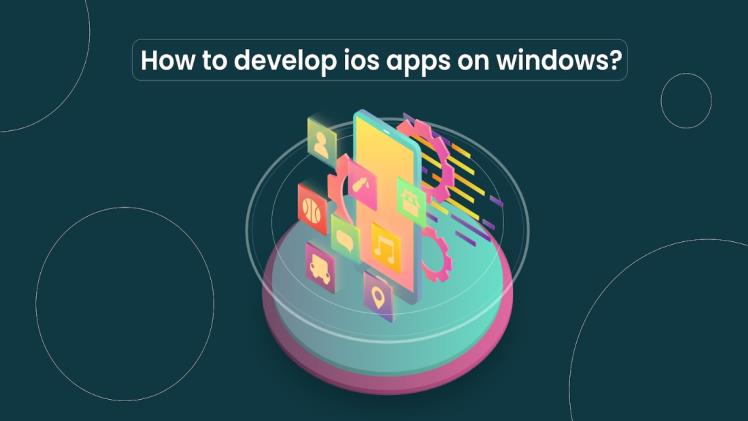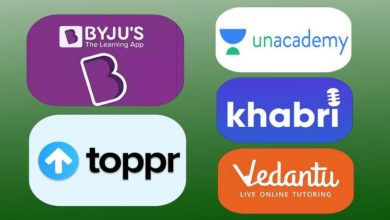How to develop iOS apps on windows

Unveiling the Windows Arsenal: Crafting iOS Apps with Finesse
iOS apps that are made to integrate effectively with Apple products are where the revolution in mobile experiences starts. They are incredibly useful in terms of productivity, enjoyment, and health. Apple sets the iOS ecosystem as an excellent example of mobile app quality standards by ensuring that its consumers may always benefit from dependable, secure, and simple-to-use apps. It has been difficult to use iOS apps on Windows, but cloud-based virtualization services have made it possible. MacOS emulators and virtual machines enable app development. Additionally, there are service providers like MacStudio that offer users the opportunity to access a remote Mac. This is made feasible by cross-platform development tools like Xamarin that allow for the direct development of apps.
We’re committed to enhancing your comprehension of how to develop iOS apps on Windows using different ways such as swift development service, virtual machine, cloud, Xcode, React native, android studio, etc. Let’s collaborate to expand your knowledge!
A Ballet of Code and Creativity: Sculpting iOS Apps with Swift Proficiency
Swift, Apple’s open-source programming language, comes in. Its key advantage is that it makes it easy to develop iOS apps, thereby enhancing their performance. Due to its conciseness and readability, it is a well-known language. It has a straightforward syntax that imitates spoken words. Besides, such simplicity speeds up the development process, enabling programmers to write software with greater efficiency. It is also useful in teamwork, as this makes the works of different developers easy to understand and use for building additional functionality. Swift is performance-oriented; the features are designed to make it faster, thus delivering perfect user experiences. Because of its compliance with modern programming patterns and optimized compiler technology, it is the best among other mechanisms to deliver such high performance. There exists a strong and vibrant community that supports weight, making it continue growing and improving itself by various means, such as online resource materials like documents, forums, and third-party libraries, which developers are able to develop easily.
Select a trustworthy virtualization software like VMware or VirtualBox. They give you an environment in which you can play games that are made for MacOS virtually. Acquire a macOS ISO image, which is available on the genuine Apple site or any other credible source. Make sure it’s an authentic and legal one. Create a new virtual system by deploying the virtualization software. This might take some time after you follow through with the installation prompts of macOS. After getting the Mac OS rolling, obtain and set up Xcode, which happens to be the authentic IDE for iPhone development. Such will offer you everything that is involved in compiling, tooling, and simulation. Now that Xcode is installed, you may begin developing iOS apps in either Swift or Objective-C. Use swift development services to simplify your programming.
Embarking on a Cloud-First and Cross-platform Journey in iOS App Development
Cloud-based macOS has changed the whole story in the hearts of Windows users who want to venture into iOS mobile application development. Such services provide remote access to a Mac computer thereby enabling an individual to develop iPhone OS applications without touching hardware. Follow these steps – Choose macInClouds, one of the several services that allow remote access to a macOS environment. Choose a supplier who fulfills your needs and sign up with one of these networks. Arrange your remote Mac instance by following the instructions. The service uses a secure link to remotely access your Mac. Using RDP and VNC is possible when connecting remotely. Connect to a remote Mac as though it were actually a physical Mac and then download and install Xcode using a virtual disk image or a similar method (ISO) and start working with it. This process is quite similar to that which would take place on a native Mac.
The cross-platform development tools such as Xamarin, Flutter, or React Native are much better alternatives; however, they are not as easy and seamless as native development. With these frameworks you can write a single code, which runs on different platforms such as iOS. Select a Cross-Platform Framework and select a tool that is compatible with the Apple application development. For example, Xamarin enables C# developers to develop iOS apps. Install the chosen framework into your Windows OS. Comply with setup guidelines as per their framework. Use the selected cross-platform language and start coding for your app. If necessary, add Swift code snippets to the work. Many of the cross-platform tools provide iOS emulators for their testing. On your Windows system, you can also preview your app’s behavior within a simulated iOS-like environment.
Synchronizing Artistry and Engineering: Windows-Centric iOS Development Paradigms
These innovative methods have made it possible to develop iOS applications on a Windows platform. You can use Swift development services either in virtual machines, using cloud-based services, or using cross-platform development tools. However, you have to abide by Apple’s standards and licensing rules for your applications to reach the mark. You need determination and appropriate materials in order to be able to make a start as an iOS developer in a Windows environment. As a software product development company, we provide Swift development service to develop your iOS applications in Windows.




